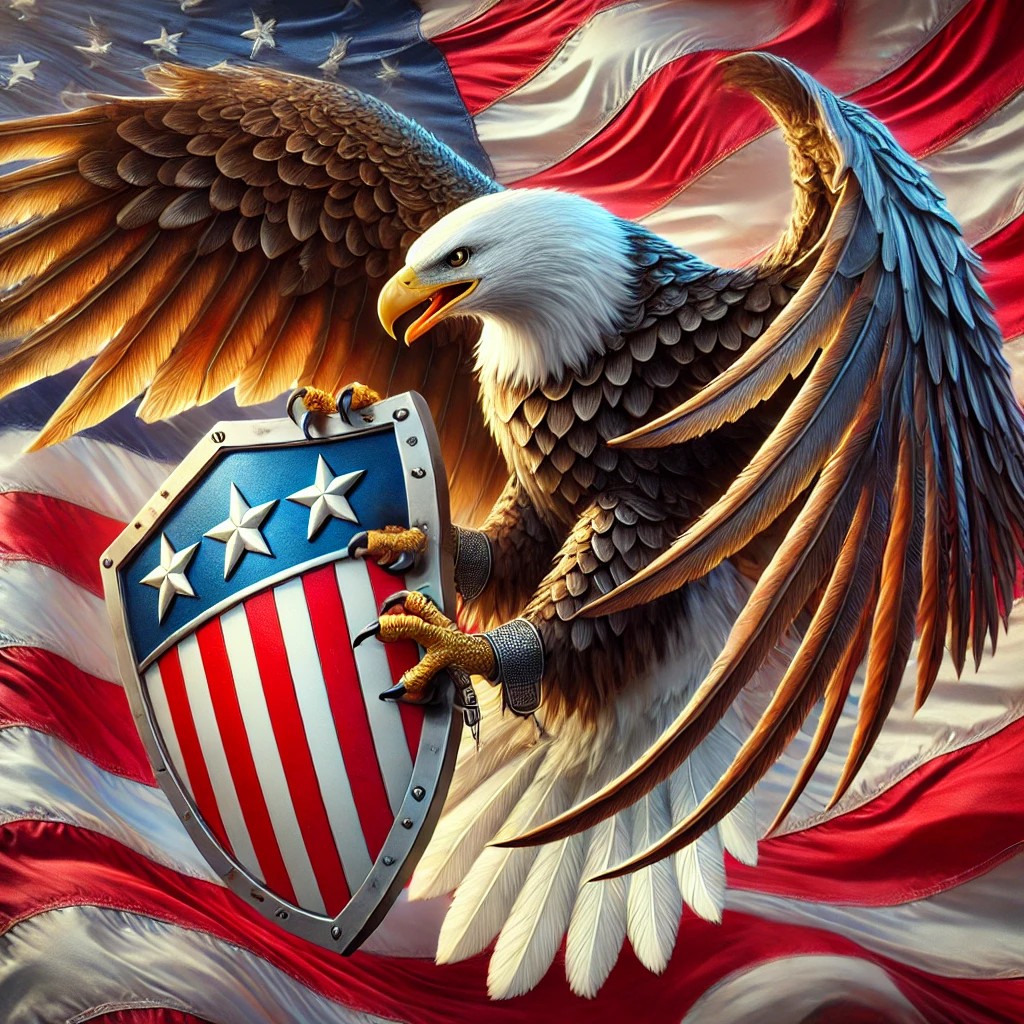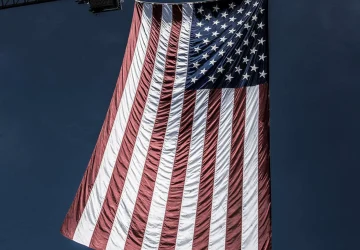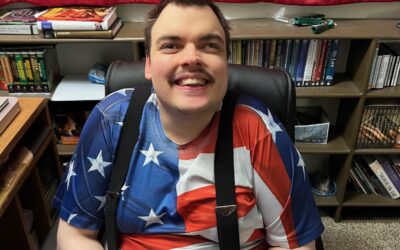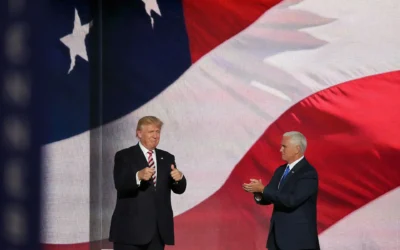AMERICAN PUBLIC UNIVERSITY
THE NATIONAL RIFLE ASSOCIATION: AN INSIDE LOOK AT AMERICA’S MOST INFLUENTIAL INTEREST GROUP
ROBERT GARRISON
19 February 2012
Thesis
In 2001, the National Rifle Association (NRA) was cited by Fortune magazine as one of the most influential and powerful interest groups in America. This paper will examine the NRA’s history, its growth and evolution as an interest group and its present goals and agenda.
The NRA’s Early History
The NRA was formed in the days following the U.S. Civil War. Union soldiers- Colonel William C. Church and General George Wingate- founded the NRA for the purpose of promoting marksmanship and to “promote rifle shooting on a scientific basis.” The NRA was given a charter by the State of New York in 1871 and Union General Ambrose Burnside served as the NRA’s first president. Due to political opposition, the NRA had to move its headquarters from New York to Sea Girt, New Jersey in 1892. Marksmanship was the NRA’s central focus in its early days. Starting in 1903, the NRA began to promote its longstanding youth marksmanship program. The NRA partnered with many youth organizations, including the Jaycees, 4-H, The American Legion, the Boy Scouts, and many colleges and universities to promote marksmanship and the shooting sports. Today, more than a million youth participate in NRA-sponsored programs and nearly 6,000 people compete in the NRA’s “National Matches” marksmanship competition each year.
During WWII, the NRA allowed the federal government to use its shooting ranges to train soldiers in marksmanship.. It also encouraged members to become war plant guards, wrote security manuals for industrial security and provided ammunition for those guarding war plants. The NRA also helped re-arm Great Britain during WWII, sending 7,000 firearms “across the pond.” Great Britain had virtually disarmed itself through a series of gun control laws in the 1930’s.
The NRA and its Early Political Activism
Through the NRA’s American Rifleman magazine, NRA members were kept abreast of the latest congressional action on legislation related to firearms; however, due to publication delays, it was difficult for members to contact Congress regarding pending legislation. Therefore, the NRA formed its first Legislative Affairs Division in 1934. This Division allowed the NRA to disseminate (by mail) information regarding legislation related to firearms and allowed its members to take action on their own. The NRA began to train police officers in 1956. The NRA began hunting education programs in 1949 and established firearms safety training for children in Kindergarten through sixth grade. The NRA also has a global reach through its “World Forum.”
The 1960’s were a turbulent time for the NRA. In the wake of the Supreme Court’s rulings in the Escobedo and the Miranda cases, police organizations and NRA members, began to fear that laws increasingly favored criminals, rather than law abiding citizens. The NRA’s support for the Gun Control Act of 1968, led to dissention within the ranks of the NRA. Members feared that such legislation would lead to the curtailing of Second Amendment rights. After the establishment of the NRA’s Institute for Legislative Action (NRA-ILA) in 1975 and a wholesale change in leadership during the NRA’s 1977 national convention in Cincinnati, the NRA began to focus almost exclusively on political issues.
The NRA began to oppose any and all forms of limitations on firearm usage; including those that endeavored to ban hallow-point and Teflon-coated ammunition, automatic and semi-automatic weapons, etc. This narrow and absolutist focus, alienated many moderate NRA members including many police officers. When the NRA’s rhetoric (led in part by the NRA’s ultra-conservative former chief lobbyist Neal Knox) began to refer to some federal agents as “jack-booted government thugs ready to seize weapons.” many members-including President George H.W. Bush, a lifelong member of the NRA- left the organization. In fact, NRA membership dropped from 3.5 million to 2.8 million in the mid-1990’s. However, despite these troubles, the more moderate factions seems to be in control of the NRA at president. Wayne LaPierre, executive vice-president of the NRA,, dismisses the more militant wing of the NRA, led by Knox, as “the fringe.”
The NRA and the Brady Bill
On March 30th, 1981, John Hinckley Jr. attempted to assassinate President Ronald Reagan using a “cheaply made .22 caliber pistol.” Reagan was wounded, but survived, as did his press secretary James Brady (for whom the bill was named) however, Brady was left permanently paralyzed as the result of the attack.. Because of this, Brady and his wife Sarah began to advocate in favor of gun control. The Brady Handgun Violence Prevention Act was first introduced in the House of Representatives in 1987, but did not become law until it was signed into law by President Bill Clinton on November 30th, 1993 as Public Law 103-159. The bill authorized a national background check system to be used prior to the purchase or transfer of a firearm and established a five day waiting period for the purchase of firearms. It also forbad the sale of firearms:
- To those convicted in any court of a crime punishable by imprisonment for a term exceeding one year;
- To fugitives from justice;
- Unlawful users of or addicted to any controlled substance;
- Those that have been adjudicated as a mental defective or committed to a mental institution;
- Aliens illegally or unlawfully in the United States;
- Those that have been discharged from the Armed Forces under dishonorable conditions;
- Those that have renounced U.S. citizenship;
- Are subject to a court order that restrains a person from harassing, stalking, or threatening an intimate partner or child of such intimate partner, or;
- Has been convicted in any court of a misdemeanor crime of domestic violence.
- Has a record of being a felon.
The NRA opposed the bill fearing that it would lead to confiscation of firearms. The Brady Bill was passed to stifle an increase in gun crimes. However, historians Larry Schweikart and Michael Allen also point out that federal prosecutions of gun crimes increased during the Reagan and George H.W. Bush Administrations before the Brady Bill became law. Therefore Schweikart and Allen charge that the Brady Bill was passed on the heels of non-prosecution of gun crimes during the first two years of the Clinton Administration. For all of its efforts to defeat the bill, the NRA was granted one concession; namely that the five day waiting period would be allowed to lapse after five years (in 1998) in favor of an instant background check with no waiting period required.
The NRA did succeed however, in challenging certain interim provisions of the Brady Bill in the Supreme Court. In the case of Printz v. United States (521 U.S. 898 1997), the Court ruled 5-4, that the interim provision of the Brady Bill that “commanded the chief law enforcement officer (CLEO) of each jurisdiction to perform a background check was unconstitutional.” However, background checks continue to the present day.
“Operation Fast and Furious”
A more recent issue that the NRA has become involved in, is the controversy surrounding “Operation Fast and Furious.” This operation was conceived by the Bureau of Alcohol, Tobacco, Firearms and Explosives (ATFE), a division of the U.S. Justice Department. The operation purposefully allowed known or suspected gun smugglers to purchase guns from federally licensed firearms dealers in Arizona. The guns were allegedly given to Mexican drug smugglers. The government did not stop in this operation, in the hopes of capturing the gun and drug traffickers. However, two of the smuggled guns were allegedly used in the murder of Border Patrol Agent Brian Terry in December 2010.
The House Oversight and Government Reform Committee (chaired by California Republican Congressman Darrell Issa,) and Senator Charles Grassley (R-Iowa) the ranking member of the Senate Judiciary Committee, are investigating the operation. The NRA soon got involved in the controversy, and called for Attorney General Eric Holder to be fired for the botched handling of the operation. Holder testified before the House Oversight and Government Reform Committee on February 2, 2012. He reportedly denied knowledge of the botched operation and said that he has not read the wiretaps related to the operation. However, during his testimony, Holder reiterated the Obama Administration’s support for the reinstating of thee Assault Weapons Ban. The NRA has called on Holder to resign as Attorney General. The final outcome of the Congressional investigation is yet to be determined. However the NRA will no doubt use this controversy to highlight their opposition to the Obama Administration in the 2012 presidential election.
The NRA and Elections Past and Present
Paul S. Herrnson points out that NRA was the fourth largest “soft money” contributor to the Republican Party; having donated $1,489,222 during the 2000 election cycle. The NRA will undoubtedly play an important role in the 2012 election; advocating for the defeat of President Barack Obama. During a speech to the Conservative Political Action Conference (CPAC) t 2012, NRA Executive Vice-President Wayne LaPierre, said that Obama is just waiting for a second term to “completely dismantle the Second Amendment and excising it from the Constitution” LaPierre accuses the President of planning a “conspiracy” against gun owners if he is reelected to a second term. LaPierre fears that if Obama is reelected, he will appoint anti-gun justices to the U.S. Supreme Court and “our freedoms will be gone forever.”
Analysis and Conclusion
Today, the NRA has over 4 million members. One of the textbooks for this course talks about seven strategies to keep an interest group intact and prevent “unraveling.” The NRA seems to have mastered these strategies quite well.
- Selective incentives and solitary rewards- This strategy tends to emphasize the “goodies” that can come with joining an interest group such as a magazine or discounted insurance policies. The National Rifle Association (NRA) is an example of this type of group. They have 1 year, 2, year, 3 year and lifetime membership levels. They also offer firearm insurance and several different magazines based on members’ interests.
- Sorting Mechanisms- refer to the membership levels of a group. The NRA doesn’t really have different benefits based on different membership levels.
- The Supermajority Strategy- simply states that if a group can form a supermajority, it is less likely to unravel and splinter. The NRA observes this rule. It take fifty-seven out of seventy-six votes of the Executive Board to dismiss an officer.
- The Federal Structure Strategy- states that if an organization can from a national structure, a national headquarters with local affiliates, the respect for the national office, than the local affiliates will ensure group cohesion, and the group will not splinter. The NRA has many “Friends of the NRA” events around the country and sends out many email “blasts” with alerts about legislation in various state legislatures.
- The Foresight Strategy- states that if the members of a group have enough foresight into the future welfare of a group, then they can adjust their votes on group matters in a way that will be the most advantageous to the long-term welfare of a group. The NRA is likely to achieve this if they focus all of their attention on political matters. this will unite them in one common cause.
- The Internal Propaganda Strategy- states that groups must maintain allegiance to the group by putting out “propaganda.” This is often done through mailings and other means. The NRA provides a good example. They currently tout their 2012 Membership Card as “the card that will defeat Obama.”
- The Sanctions and Coercion Strategy- states that allegiance to a group must be maintained by threats and coercion. The NRA doesn’t use these tactics and doesn’t need to.
In conclusion, the NRA is a formidable interest group with much power and influence. This influence was nicely summarized by George Stephanopoulos (a former White House aide to President Clinton) when he said, “Let me make one small vote for the NRA. They’re good citizens. They call their Congressmen, they write, they vote, they contribute and they get what they want over time.




